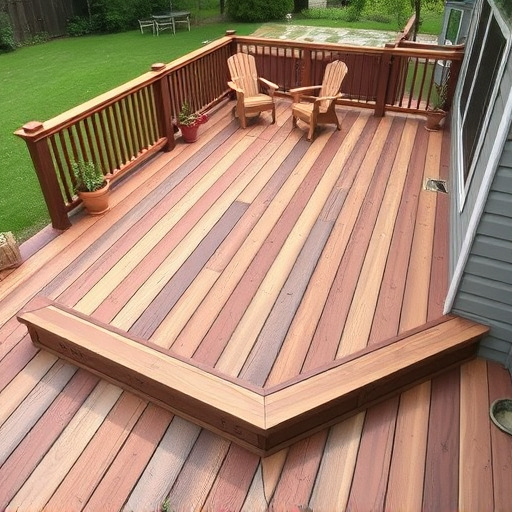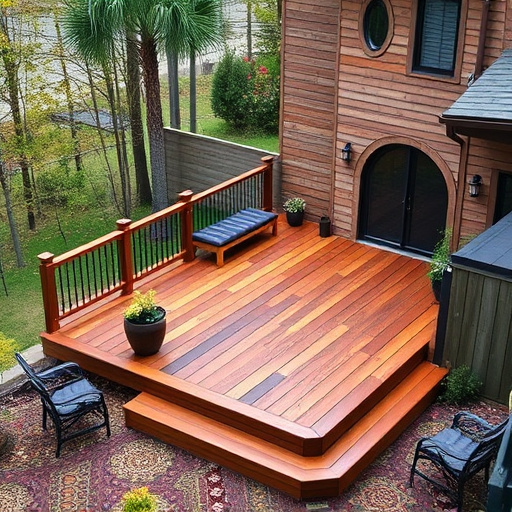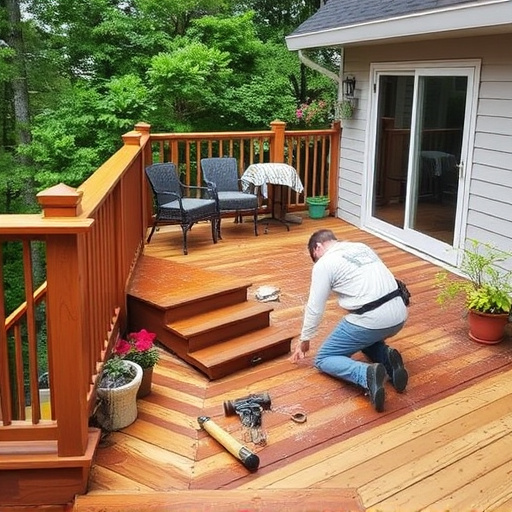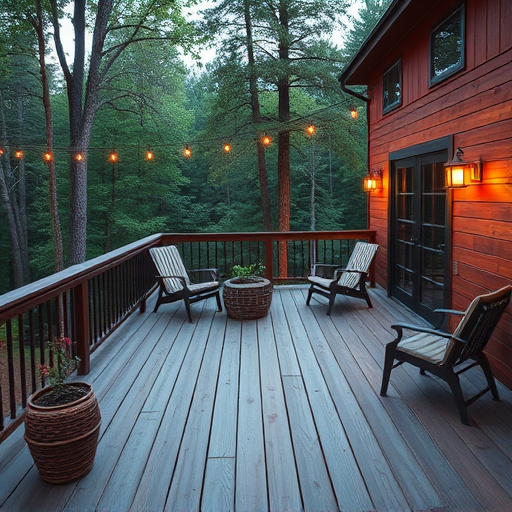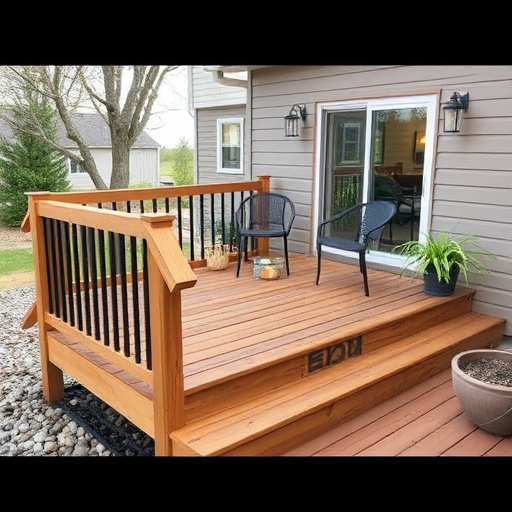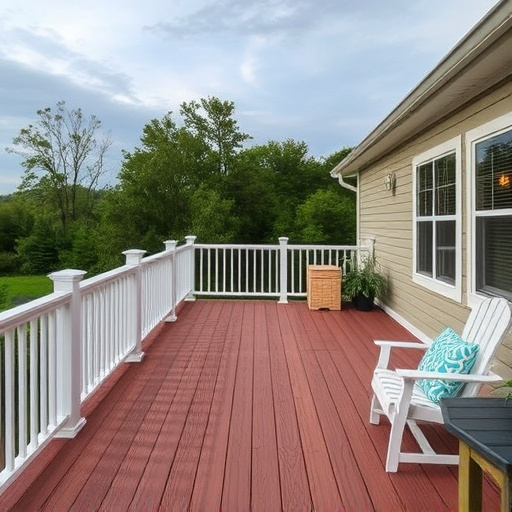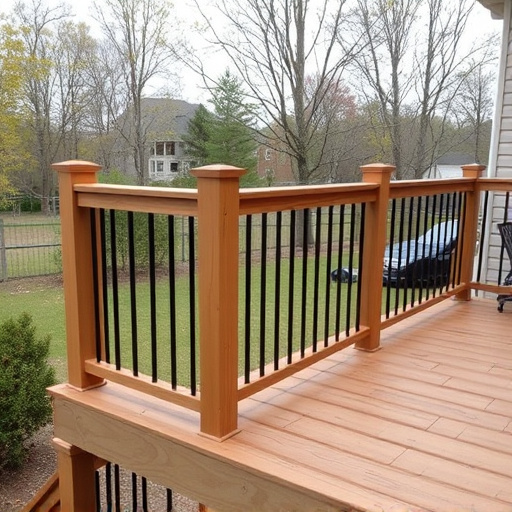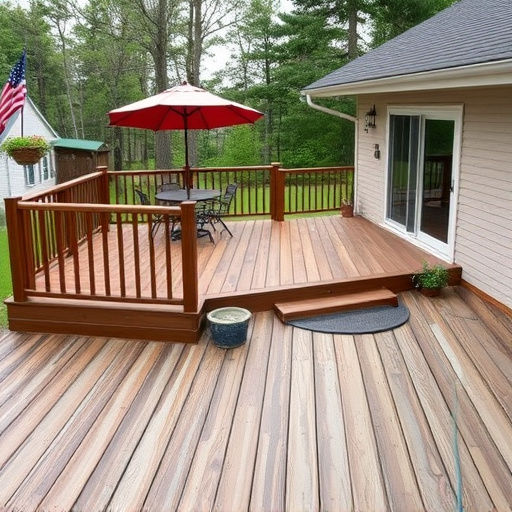Selecting the ideal deck sealer hinges on factors like wood type, climate, budget, and desired finish. Water-based options excel for residential use due to low odor and quick drying, while oil-based sealers offer robust protection for commercial high-traffic areas. Stains enhance aesthetics. Expert advice is vital for commercial projects to meet structural standards, ensuring long-lasting deck sealing that prevents wear and saves costs.
Avoid common pitfalls and ensure a durable, attractive sealed deck with this comprehensive guide. Deck sealing is a crucial step in protecting your investment, but understanding the process is key to success. From choosing the right sealer for your deck material and climate to mastering application techniques and preparation steps, every detail matters. Learn how to avoid mistakes like improper cleaning, incorrect sealer selection, and application errors that can compromise the finish.
- Choosing the Right Sealer for Your Deck
- – Understanding your deck material and climate
- – Selecting appropriate sealer types (water-based, oil-based, stains)
Choosing the Right Sealer for Your Deck
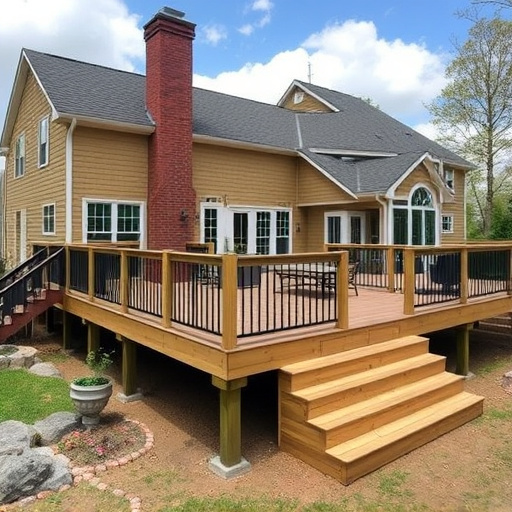
When it comes to deck sealing, one common mistake is selecting an inappropriate sealer for your specific needs. Not all sealers are created equal, and choosing the right one depends on several factors unique to your deck. The type of wood, climate conditions, desired finish, and budget all play a crucial role in determining the best sealer. For example, while a water-based sealer might be suitable for mild climates and those seeking a natural look, an oil-based sealer offers better protection against harsh weather conditions and UV rays but can emit stronger odors and take longer to dry.
Additionally, consider whether you’re handling a residential or commercial siding repair project. Commercial siding often demands sealers that can withstand higher foot traffic and exposure to elements, ensuring longevity and minimal maintenance. Professional siding experts understand these nuances and can guide you in selecting the ideal sealer for your deck sealing project, be it for personal enjoyment or for a business that requires robust protection like siding repairs and commercial siding.
– Understanding your deck material and climate
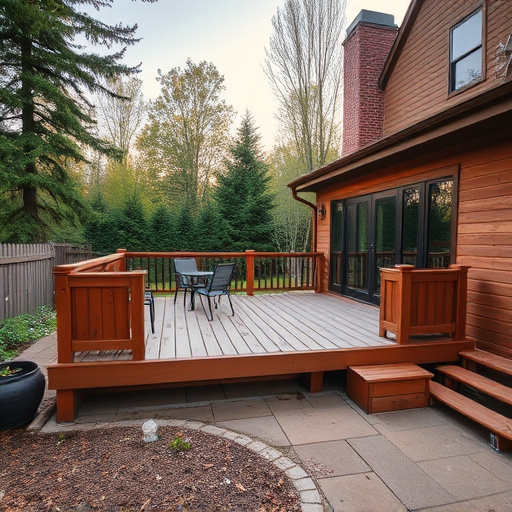
Before sealing your deck, it’s crucial to understand both your deck material and local climate. Different types of wood require distinct care regimens; teak, cedar, and pressure-treated lumber all have unique needs when it comes to sealing. For instance, teak naturally resists water and weathering, while cedar has natural oils that can be compromised by the wrong sealant.
Additionally, climate plays a significant role in deck sealing. If you live in an area with high humidity or frequent rainfall, choose a sealant designed for extra protection against moisture. In contrast, drier climates might require lighter sealants. Consulting with professionals who offer residential roofing and siding replacement services can provide valuable insights into the best approach for your specific situation, ensuring long-lasting deck sealing results.
– Selecting appropriate sealer types (water-based, oil-based, stains)
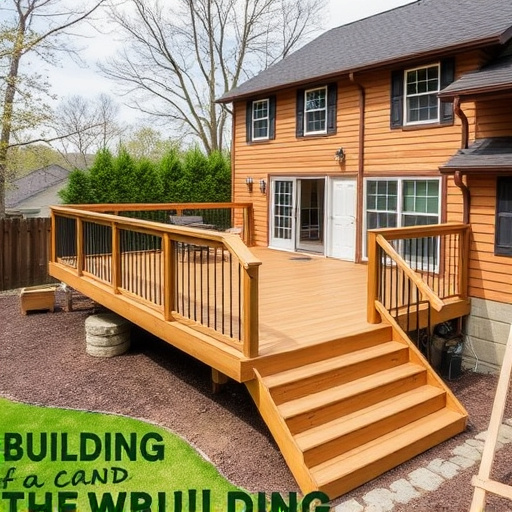
Choosing the right sealer is a crucial step in deck sealing work. Different types of sealers – water-based, oil-based, and stains – offer unique benefits tailored to specific needs. Water-based sealers are popular for their low odor, ease of application, and quick drying time, making them ideal for residential decks or areas where air quality is a concern. Oil-based sealers, on the other hand, penetrate deep into the wood, providing superior protection against moisture and UV rays, suitable for high-traffic commercial decking. Stains are designed to enhance the natural grain of the wood while offering some protection from the elements, making them great for achieving a particular aesthetic.
When deciding, consider factors like deck location (sun exposure, foot traffic), material (wood type, age), and desired finish (matte, satin, glossy). For commercial siding or roof repair projects, consult industry standards and expert advice to select roofing solutions that align with structural integrity requirements while ensuring long-lasting protection for the surface. Remember, using the appropriate sealer from the outset can save time and money in the long run by preventing premature wear and tear.
When undertaking deck sealing work, avoiding common mistakes is key to achieving a long-lasting, protected surface. By understanding your deck material and climate, and selecting the right sealer type, you can ensure a professional finish that enhances your outdoor space. Remember, choosing the appropriate sealer and applying it correctly are essential steps in the process, so take your time and do your research to avoid future issues.
